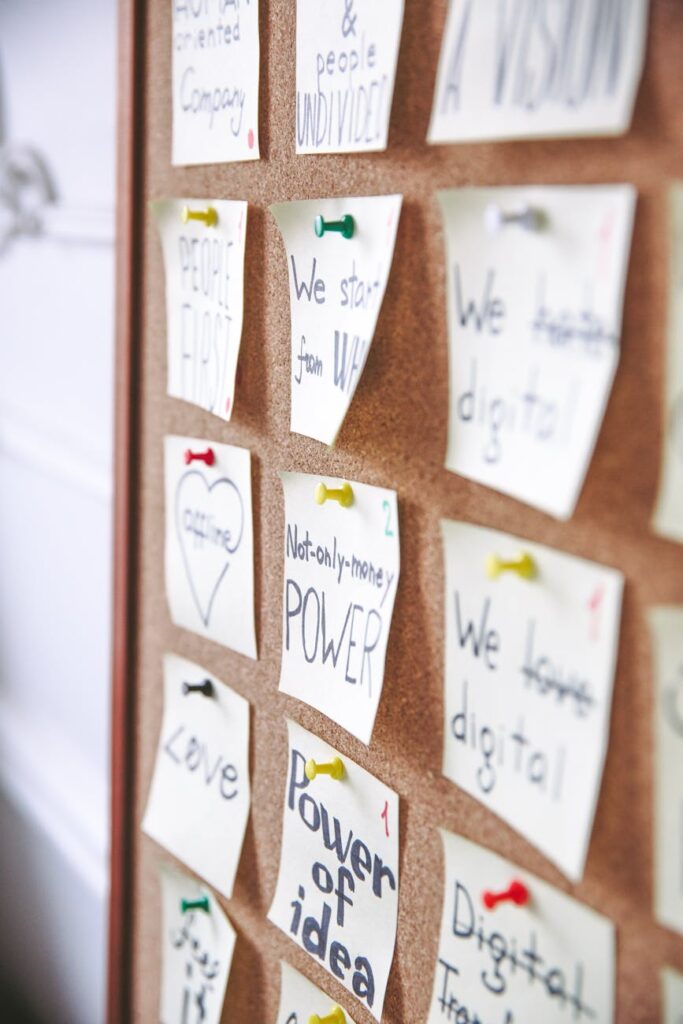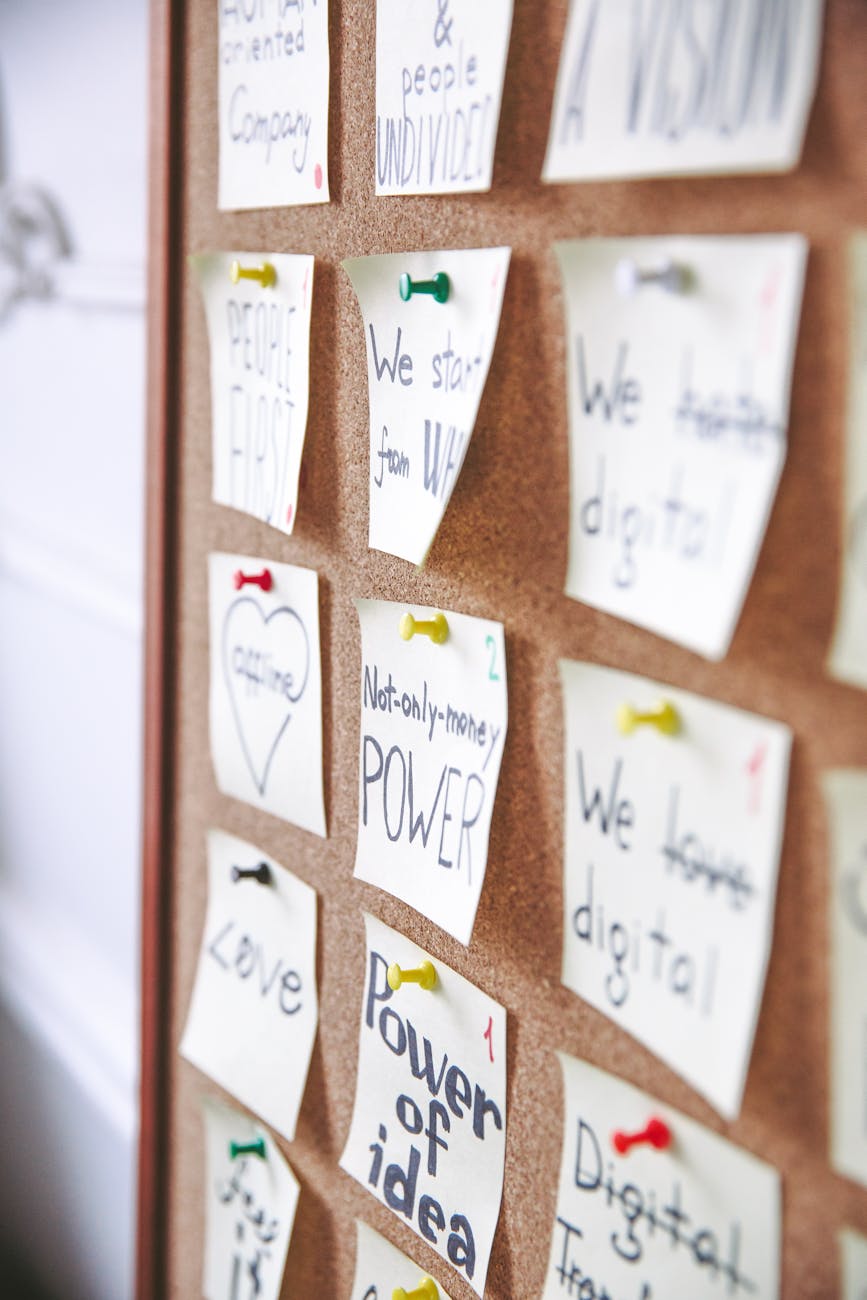What is priority organizer?

What is Priority Organizer?
In the chaotic world we navigate daily, managing tasks efficiently is crucial for achieving personal and professional goals. This is where a priority organizer comes into play. It serves as a guiding tool, helping you determine what needs your immediate attention and what can wait. By incorporating a priority organizer into your routine, you can not only enhance your productivity but also find a better work-life balance.
Understanding Priority Organizers
A priority organizer is more than just a to-do list; it’s a structured way to assess and prioritize your tasks based on their urgency and importance. In various settings—be it personal projects or professional environments—having a clear system allows for greater efficiency.
Definition of Priority Organizer
In simple terms, a priority organizer is a tool designed to help individuals categorize their tasks by level of importance. It enables you to break down your goals into manageable actions, allowing you to focus on what truly matters. Whether you opt for a digital app or a physical planner, the core function remains the same: it streamlines your workflow and enhances your productivity.
Historical Background
The concept of organizing tasks isn’t new. Historically, various methods and tools have emerged, from handwritten lists to complex digital solutions. Priority organizers evolved from these traditional methods to address the growing need for efficiency in fast-paced environments. Tools like the Eisenhower Matrix have become popular for helping individuals prioritize tasks based on urgency and importance, emphasizing that not all tasks deserve equal attention.
Benefits of Using a Priority Organizer
Incorporating a priority organizer into your daily routine can lead to numerous advantages that enhance your overall quality of life.
Improved Time Management
One of the primary benefits of a priority organizer is improved time management. By categorizing tasks, you can allocate your time more effectively, ensuring high-priority items are addressed first. This approach minimizes wasted time, allowing you to focus on completing critical tasks and meeting deadlines. For more insights on optimizing your workflow, check out the Importance of Using a Priority Scale in Daily Life.
Increased Focus and Clarity
When tasks are laid out in an organized manner, it eliminates confusion. You can clearly see what needs to be done, which boosts your focus. Instead of feeling overwhelmed by a long list of responsibilities, a priority organizer allows you to zero in on the most pressing tasks. This clarity helps in making informed decisions about where to direct your energy.
Reduced Stress Levels
Feeling overwhelmed? A priority organizer can significantly alleviate stress. By prioritizing your tasks, you regain control over your workload. When you know what to tackle first, it reduces the anxiety of forgetting important tasks or missing deadlines. Studies show that effective prioritization can cut stress levels by up to 30%, making your workload feel more manageable.
Types of Priority Organizers
Priority organizers come in various formats, each catering to different preferences and needs.
Digital Priority Organizers
In our tech-driven world, digital tools abound. Apps like Notion and Week Plan provide customizable priority organizers that can be accessed from any device. These platforms allow for greater flexibility, enabling you to adjust priorities on the go. Explore options like the Priorities Organizer by Christian Fresu for an efficient digital solution.
Physical Priority Organizers
For those who prefer a tactile approach, traditional planners and notebooks are still popular. Tools like the Eisenhower Priority Planner allow you to visually map out tasks. Whiteboards and wall calendars are also effective for visual learners who benefit from seeing tasks laid out clearly.

Photo by Polina Zimmerman
How to Create Your Own Priority Organizer
Creating a personalized priority organizer can be a rewarding exercise. Here’s how to get started.
Identifying Your Goals
Begin by defining your goals. What do you want to achieve today, this week, or this month? Write down your goals, making sure they are specific and measurable. This clarity will guide your task selection and prioritization.
Mapping Out Your Tasks
Once you have your goals, it’s time to categorize your tasks. Divide them into categories such as urgent, important, and less critical. You could employ the Eisenhower Matrix for this: tasks can fall into four quadrants based on their urgency and importance. This visual representation simplifies decision-making about what to tackle first.
Reviewing and Adjusting Your Priorities
Lastly, it’s important to regularly review your priorities. Life changes, and so do your tasks. Weekly or daily reviews can help you adjust your priorities as needed, ensuring that your organizer remains relevant and effective. By continually refining your task list, you maintain focus and drive towards your goals.
Conclusion
A priority organizer is an invaluable tool for anyone looking to enhance their productivity and manage their time more effectively. By understanding its importance and the various types available, you can find the right method that suits your lifestyle. Implementing a priority organizer can lead to improved time management, increased focus, and reduced stress. So why not take the first step today? Evaluate your tasks, create your organizer, and experience the benefits of a more organized life.